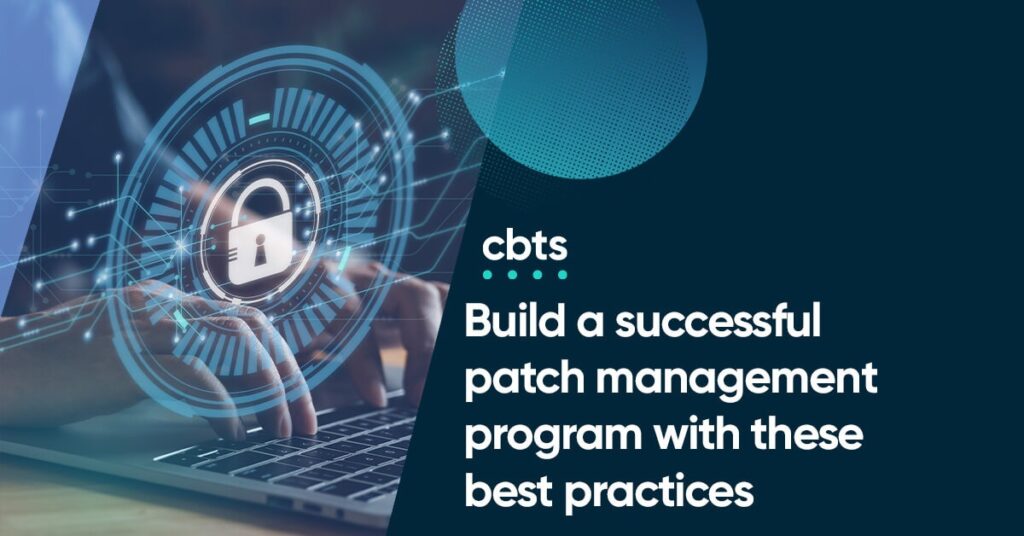Patch management is crucial in ensuring the security and efficiency of your IT infrastructure. With cyber threats evolving, keeping your systems updated can’t be overstated. This guide will walk you through a comprehensive checklist to help you evaluate the effectiveness of your patching program. Let’s ensure that your organization stays protected against vulnerabilities.
- Establish Clear Patch Management Policies
First, it’s essential to have clear policies in place. These guide the patch management process and ensure consistency across your IT environment. We recommend defining which systems need regular updates and who is responsible for each task. Clear policies help in maintaining accountability and streamlining the process.
- Prioritize and Categorize Updates
Not all patches are created equal. Some fix minor bugs, while others address critical security vulnerabilities. Categorize and prioritize updates to ensure that critical patches are applied first. This approach minimizes potential disruptions caused by vulnerabilities that could be exploited.
- Automate the Patching Process
Automation is your ally in patch management. By automating the patching process, you reduce human error and free up your IT team to focus on more strategic tasks. Ensure that your automated systems are regularly updated to handle new threats as they emerge.
- Regularly Audit Your Patch Management Efforts
Regular audits are key to a successful patching program. These audits help you identify any gaps in your patch management strategy. They also provide insights into the effectiveness of your implemented policies and automation tools.
- Train Your Team
Ensure that your team is well-trained on the importance of patch management and the tools they need to use. Continuous training helps in adapting to new threats and technologies, keeping your defenses strong.
- Utilize Reporting Tools
Reporting tools can significantly enhance your patch management program by providing detailed insights into the patching process. Use these tools to track the success rate of patch deployments and to identify trends or recurring issues that may require attention.
- Communicate Effectively
Effective communication within the team and across the organization is crucial. Keep everyone informed about upcoming patches, especially when they require system reboots or downtime. Communication helps in managing expectations and reduces disruptions.
- Continuously Improve
The cyber landscape is always changing, and so should your patch management strategies. Use feedback from audits, team input, and industry best practices to continuously improve your patching processes.
- Assess Vendor Support
It’s crucial to ensure that your software vendors provide timely and effective patches. Establish a communication channel with your vendors to receive updates as soon as they are available.
This ensures that your systems are not left vulnerable due to delayed patch releases. Evaluating vendor support is an integral part of maintaining a robust patch management system and should not be overlooked in your strategy.
By incorporating these practices into your patch management checklist, you ensure a proactive approach to system security, minimizing risks and optimizing performance across your IT infrastructure.
Conclusion
Effective patch management is not just about applying updates; it’s about ensuring that every layer of your IT infrastructure is secure and functional. By following this checklist, you can gauge the success of your patching efforts and make informed decisions to enhance your cyber defenses. Remember, this website is your go-to resource for more insightful and practical cybersecurity tips. Together, we can build a safer digital world.


